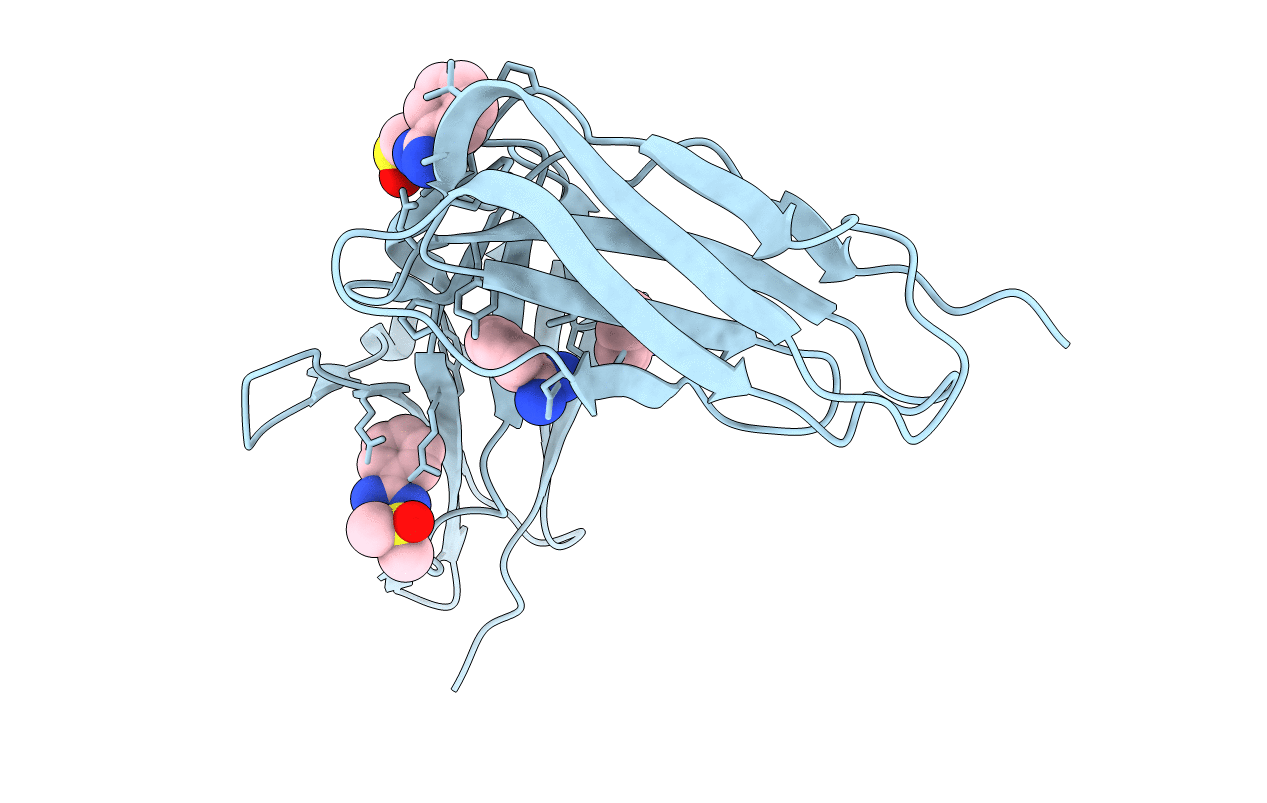
Deposition Date
2017-10-20
Release Date
2018-09-05
Last Version Date
2024-10-23
Method Details:
Experimental Method:
Resolution:
2.10 Å
R-Value Free:
0.23
R-Value Work:
0.18
R-Value Observed:
0.18
Space Group:
P 41 21 2


